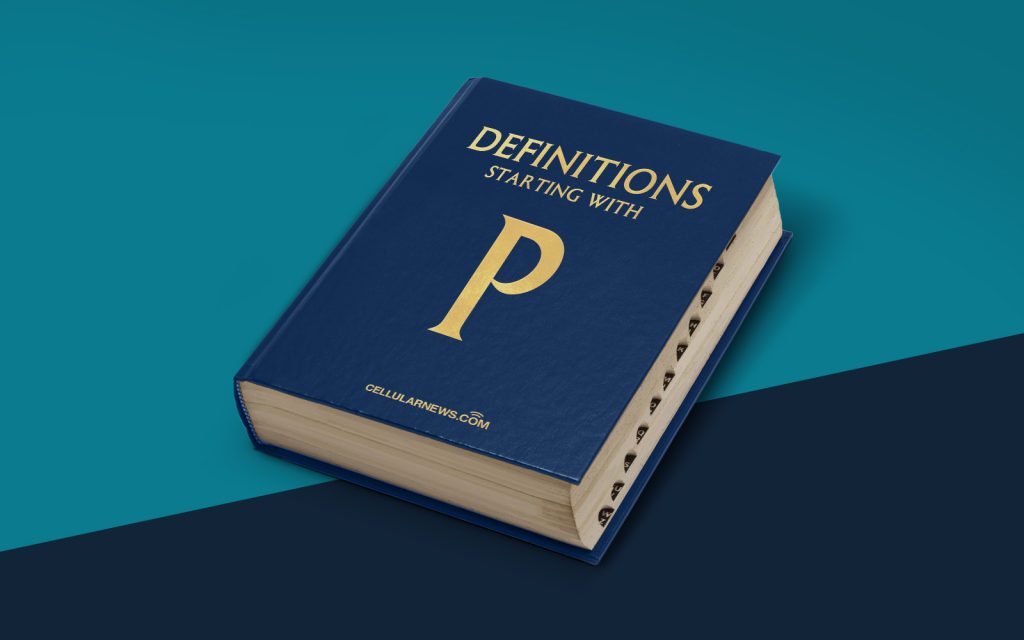
Welcome to the Definitions Category: Predictive Analytics Decoded
Have you ever wondered how some businesses seem to predict future trends with astonishing accuracy? How do they make those seemingly impossible forecasts that give them a competitive edge? The secret lies in the power of predictive analytics. In this blog post, we’ll dive deep into the world of predictive analytics and unravel its mysteries.
Key Takeaways:
- Predictive analytics is a data analysis technique that uses historical data to make predictions about future events or trends.
- It employs various statistical and machine learning algorithms to identify patterns, relationships, and correlations in data.
Predictive analytics can be defined as the process of using historical data, statistical algorithms, and machine learning techniques to forecast future outcomes. By analyzing past patterns and behaviors, predictive analytics can help businesses make informed decisions, mitigate risks, and gain a competitive advantage. It’s like having a crystal ball that provides insights into the future!
Let’s break down the concept of predictive analytics into a few key components:
Data Collection and Preparation
Predictive analytics starts with collecting relevant data from various sources. This can include customer data, sales data, website analytics, social media metrics, and more. Once the data is collected, it needs to be cleaned and prepared for analysis. This involves removing any inconsistencies or errors, handling missing data, and ensuring data quality.
Statistical Modeling
Statistical modeling is a crucial step in predictive analytics. It involves selecting the appropriate statistical algorithms and machine learning techniques to analyze the data. These algorithms can range from simple linear regression to complex ensemble methods. The goal is to discover patterns, relationships, and correlations within the data that can be used to make predictions.
Validation and Evaluation
Once the predictive model is built, it needs to be evaluated and validated. This involves testing the model against new data points to see if it accurately predicts future outcomes. The model’s performance is assessed using various metrics such as accuracy, precision, recall, and F1 score. This validation process ensures that the predictive model is reliable and can be trusted for making future predictions.
Application and Business Impact
Predictive analytics has numerous applications across industries. It can help businesses optimize marketing campaigns, identify potential fraud, improve supply chain management, enhance customer retention strategies, and much more. By leveraging predictive analytics, organizations can make data-driven decisions that lead to improved efficiency, increased profitability, and a better understanding of their customers.
Final Thoughts
Predictive analytics is a powerful tool that enables businesses to unlock the mysteries of the future. By harnessing the potential of historical data and applying sophisticated analytical techniques, organizations can gain valuable insights that drive their success. So, embrace the world of predictive analytics and let it guide you towards making informed and impactful decisions!
Key Takeaways:
- Predictive analytics uses historical data and statistical algorithms to make predictions about the future.
- It helps businesses make informed decisions, mitigate risks, and gain a competitive advantage.
